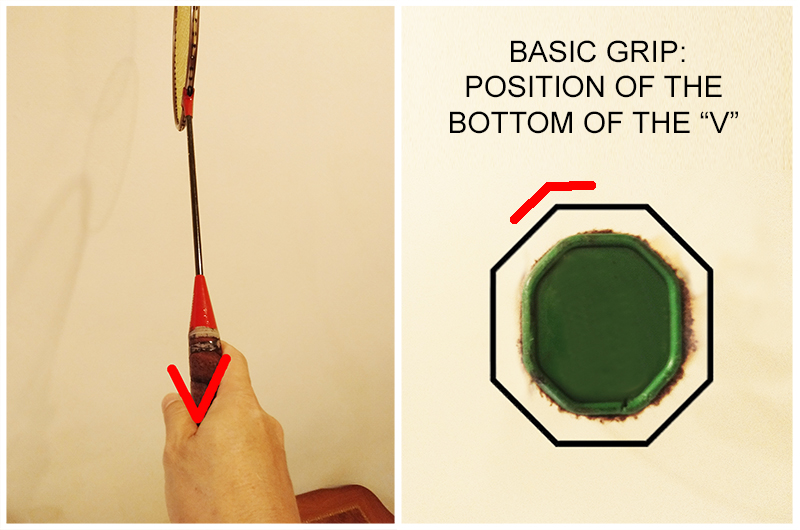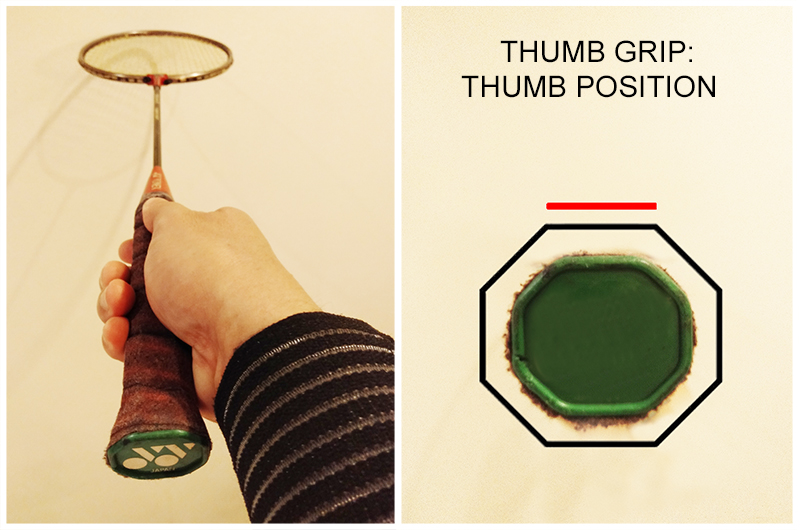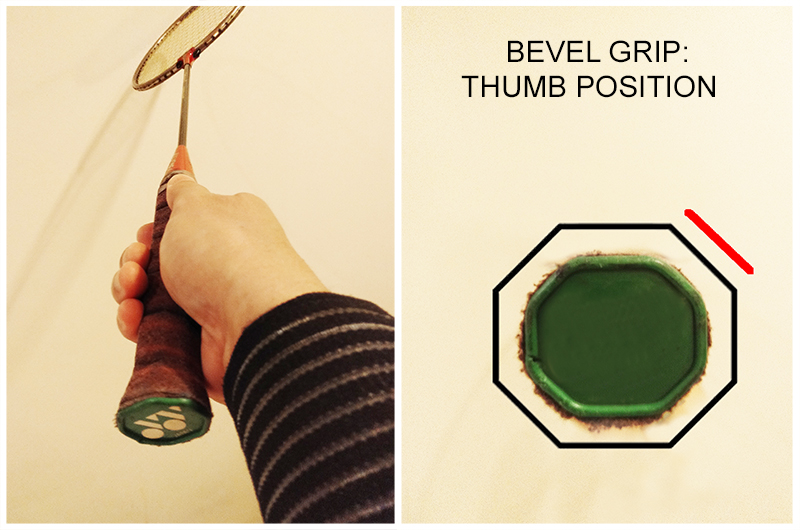The Correct Gripping Technique
Have you ever wondered why so many beginners in badminton can't seem to get the hang of holding the racket properly? It's not unusual to see them holding it like a frying pan. No pun intended. This begs the question of why this seems to be a recurring problem.
Holding a badminton racket may seem straightforward, but for beginners, it can be a complex skill to learn. Some of the reasons why this is the case include:
-
Lack of knowledge: Many beginners may not be familiar with the proper grip or have never been taught how to hold a badminton racket. As a result, they may default to holding it like they would hold a frying pan.
-
Lack of practice: Holding a badminton racket requires a certain level of dexterity and muscle memory, which can only be developed through practice. Beginners who have never played before may need some time to get used to the feel of the racket and learn how to hold it properly.
-
Lack of strength: Holding a badminton racket requires some degree of strength in the wrist and forearm, which some beginners may not have developed yet. This can make it difficult to hold the racket in the proper position for an extended period of time.
-
Fear of dropping the racket: Some beginners may hold the racket too tightly or in an awkward position because they are afraid of dropping it. This can lead to a bad grip and ultimately hinder their performance.
What grip should I use in order to play Shoootle?
Use the thumb grip, which is a grip frequently used for backhand serves. However, before I go any further into how the thumb grip functions, I'll briefly go over the different types of grips that are frequently used when playing badminton. In general, a player ought to be familiar with the four different types of grips, which are:
1) Basic grip
The basic grip, also known as the "v" grip or the "forehand" grip, is a fundamental technique in badminton used for playing strokes when the shuttlecock is level with the player on both the forehand and backhand sides, or you use a basic grip when performing a high serve, or lifting. This grip involves positioning the thumb and first finger to form a "v" shape on the racket handle, as demonstrated in the illustrations below.

2) Thumb grip
The thumb grip, or also known as the "backhand" grip, is used to play basic backhand strokes when the shuttlecock is in front of the body. This includes net shots, net lifts, net kills, backhand serves, and backhand drives. The player's thumb is placed at the back of the racket handle, with a small gap between the hand and the handle.

3) Corner grip
Also known as the “bevel” grip, it is often used to play backhand strokes when the shuttlecock is level with or slightly behind the player. These strokes include backhand drives and blocks (when the shuttlecock is at the side of the body), backhand clears, backhand dropshots, and backhand smashes.

4) Panhandle grip
The panhandle grip is used for:
i) when playing backhand strokes where the shuttlecock is positioned well behind the player, such as backhand drop shots.
ii) when playing forehand strokes where the shuttlecock is located well in front of the player, such as net kills.

Positions of grips
The four grips mentioned above can also be long or short. “Long” means the racket is held nearer to the butt, whereas “short” means it is held nearer to the cap.
For strokes requiring extended reach and power, a long grip is preferred. Rearcourt strokes or smashes, in particular, tend to benefit from a long grip. To use a long grip, the bottom of the hand should rest lightly against the butt of the racket handle. A short grip is typically used when a player needs to make quick movements or requires greater control.

It is important for you to always remember to maintain loose, relaxed grips. (You only tighten your grip upon hitting the shuttlecock. The extent to which the grip tightens is more noticeable when hitting strong shots like drives or smashes, rather than softer shots like net shots.) By keeping your grip relaxed and loose, you can make continuous adjustments to your grip according to the position of the shuttlecock, whether it's in front, at the side or behind the player, or on the backhand and forehand side.
Lastly, it's important for beginners to take the time to learn the proper grip and practice holding the racket in the correct position. It cannot be overstated how important this is, as it forms the foundation of your technique and greatly affects your overall performance. Once you've ingrained the wrong grip, it can be incredibly difficult to unlearn and retrain your muscles. Therefore, it's crucial to invest time and effort in learning and practicing the proper grip from the outset. Remember, as the saying goes, "old habits die hard." So don't let a wrong grip become a bad habit that hinders your progress in this exciting and challenging sport.
